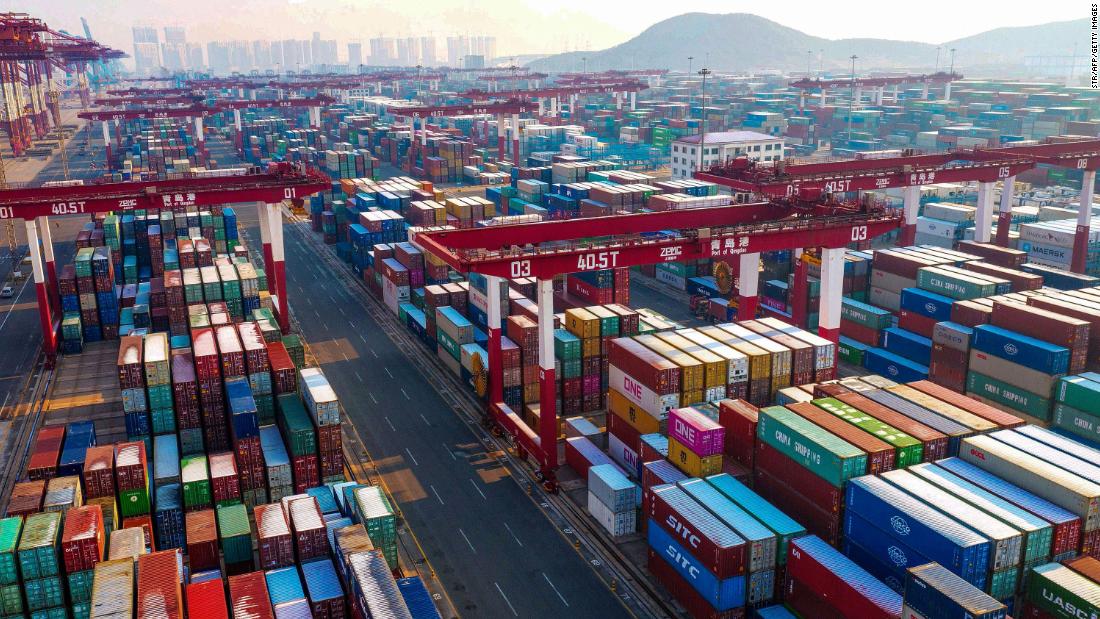People aboard both ships are being given health screenings, and those with suspicious symptoms are being tested for the virus that has quickly spread throughout mainland China and beyond.
Concerns about potential infection among thousands of passengers at sea exposes the vulnerability of cruise ships to viral illnesses, like the coronavirus. The threat also raises questions about the durability of Asia's booming leisure cruise industry, which counts the elderly as among its most loyal customers.
Older people are especially susceptible to the Wuhan coronavirus -- China's National Health Commission said Tuesday that 80% of all fatalities in mainland China were over the age of 60.
The
Diamond Princess is anchored off the coast of Yokohama, near Tokyo, with 1,045 crew and 2,666 passengers -- including 428 Americans -- on board. The second ship, the World Dream, is docked at Hong Kong's Kai Tak Cruise Terminal with 1,800 people on board, the city's Department of Health said Wednesday.
The virus has infected more than 20,000 people in mainland China and nearly 200 worldwide across 25 countries and territories. It has claimed 492 lives worldwide, all but two in mainland China.
Cruise companies worldwide have vowed to enact extra measures to protect their customers from infection, with several barring passengers who have been to mainland China in the past 14 days.
Royal Caribbean has canceled eight cruises out of China through early March and will "deny boarding to any individual who has traveled from, to or through mainland China or Hong Kong in the past 15 days." It will offer those people full refunds, the company said in a statement. It will also conduct health screenings for all China or Hong Kong passport holders as well as on guests who report feeling unwell or demonstrate any flu-like symptoms.
14 days on board
Japanese Health Minister Katsunoby Kato said Wednesday that 10 people on board the Diamond Princess had been infected and taken to hospital.
The cruise operator, Princess Cruises, said in a statement the infected passengers include one American, two Australians, three Japanese and three Hong Kong citizens. One Filipino crew member is also ill, the statement said.
The rest of the passengers on board will remain under quarantine for at least 14 days, "as required by the Ministry of Health," the cruise company's statement added.
The cases were detected after medical officials went room-to-room to check each guest's temperature and condition, Japan's health ministry said in a statement. Those who showed symptoms were subject to further testing.
More passengers than expected needed to be temporarily quarantined while being tested, the statement said. More than 100 test results are still pending, it added. The company also said the first phase of screening of all the passengers on board has been completed.
Spencer Fehrenbacher, a traveler on the ship, told CNN he was tested because he complained about a sore throat and fever last week. He said swabs were taken from the left and right side of his throat.
Fehrenbacher, a US citizen living in Tianjin, China, and studying for a master's degree there, said he was in good spirits. He is on the cruise with his roommate from Tianjin and two other friends.
"The Princess crew has been incredible in their support and communication up to this point," he said. "They're providing complimentary internet to everyone on board to ensure that everyone is able to communicate with family and friends."
Ships are considered particularly at risk from outbreaks, due to the close-living quarters of passengers and crew. Researchers are still unsure exactly how the coronavirus spreads and how infectious it is.
Chinese officials had previously said that patients can be infectious even if they are not presenting symptoms. An early study on asymptomatic transmission of the virus published last week in the prestigious New England Journal of Medicine appeared to confirm Chinese health officials' assessment.
But public health officials now say the report may be flawed. Interviews with the Chinese patient at the center of the study revealed she may have actually had mild, nonspecific symptoms.
An important factor yet to be determined is whether the Wuhan coronavirus spreads via the fecal-oral route, like norovirus and severe acute respiratory syndrome (SARS), according to Dr. John Nicholls, a clinical professor in pathology at the University of Hong Kong.
Norovirus is a contagious stomach bug that causes vomiting and diarrhea that is notorious for infecting cruise passengers.
Viruses like norovirus spread so quickly on cruises because "you've got so many people in a crowded area and people are sharing areas, touching places," Nicholls said.
CNN's Chermaine Lee, Paul Murphy, Jamie Gumbrecht and Yoko Wakatsuki contributed to this report
Let's block ads! (Why?)
https://news.google.com/__i/rss/rd/articles/CBMiVmh0dHBzOi8vd3d3LmNubi5jb20vMjAyMC8wMi8wNS9hc2lhL2Nvcm9uYXZpcnVzLWNydWlzZS1xdWFyYW50aW5lcy1pbnRsLWhuay9pbmRleC5odG1s0gFaaHR0cHM6Ly9hbXAuY25uLmNvbS9jbm4vMjAyMC8wMi8wNS9hc2lhL2Nvcm9uYXZpcnVzLWNydWlzZS1xdWFyYW50aW5lcy1pbnRsLWhuay9pbmRleC5odG1s?oc=5
2020-02-05 12:38:00Z
52780589947861






